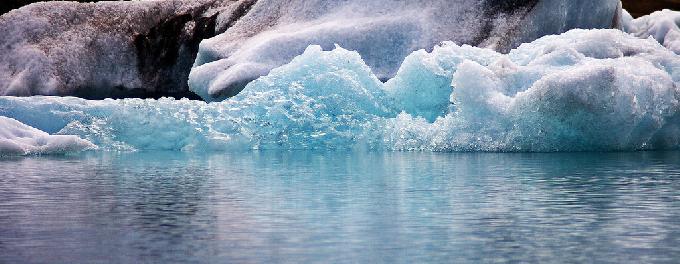The Fragile Balance of Earth’s Rotation
The Earth’s rotation, the seemingly constant rhythm of our days, isn’t quite as steady as we might think. While the changes are minuscule in our daily lives, melting polar ice caps due to global warming are causing a subtle but measurable shift in this rotation.
Imagine Earth as a spinning ice skater. When they pull their arms in, they spin faster. Conversely, extending their arms slows their spin. Similarly, Earth’s bulging middle, caused by the centrifugal force of its rotation, is accentuated by the vast ice sheets at the poles.
Ice Melt and Earth’s Changing Shape
As these ice sheets melt, the water redistributes towards the equator, effectively reducing the bulge and altering Earth’s mass distribution. This, in turn, slightly slows down the planet’s rotation, lengthening our days by a fraction of a second.
From Leap Seconds to Negative Adjustments
While imperceptible to us, this change impacts ultra-precise timekeeping systems like Coordinated Universal Time (UTC). Traditionally based on Earth’s rotation, UTC now relies on atomic clocks for ultimate accuracy. This discrepancy necessitates occasional adjustments called “leap seconds” to synchronize the two systems.
The current trend of ice melt may require a new twist: a “negative leap second,” essentially removing a second from UTC. This is unprecedented territory for global timekeeping, highlighting the unexpected consequences of climate change.
The bigger picture here is the interconnectedness of our planet. Changes at the poles, driven by global warming, are rippling outwards, affecting even the fundamental concept of time. This serves as a stark reminder of the urgency to address climate change and its cascading effects







